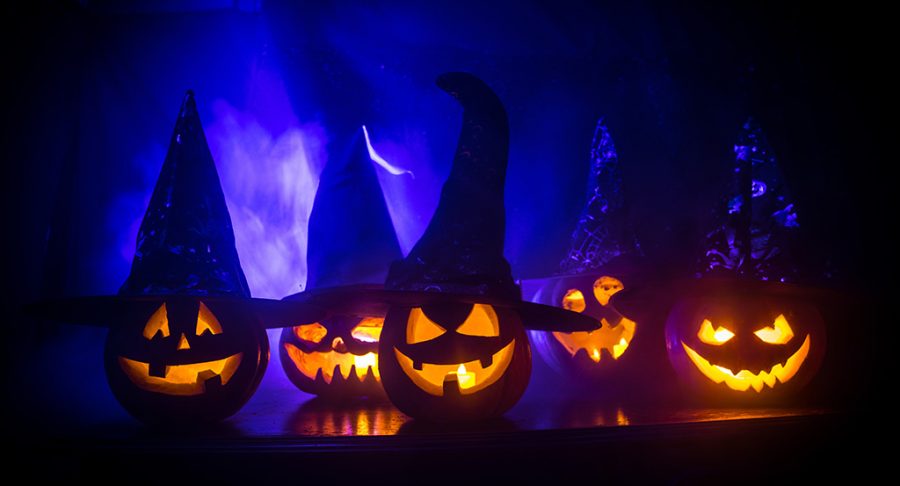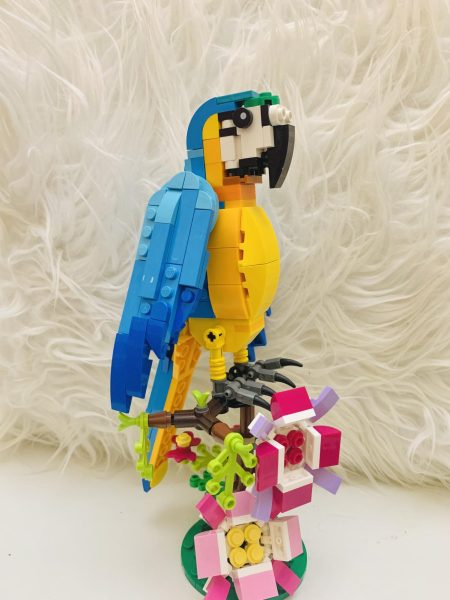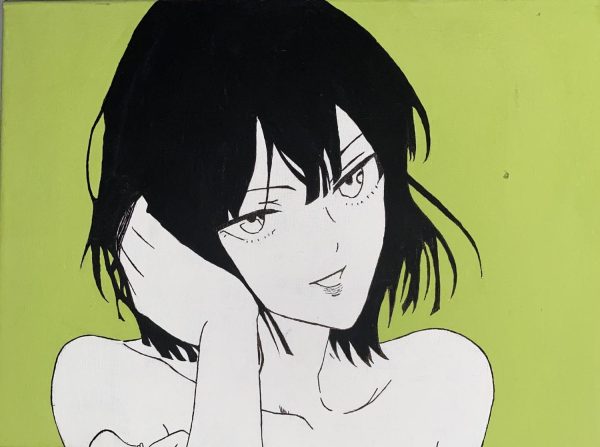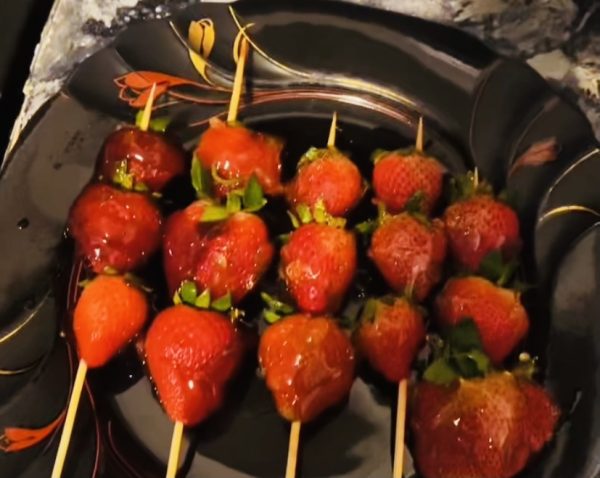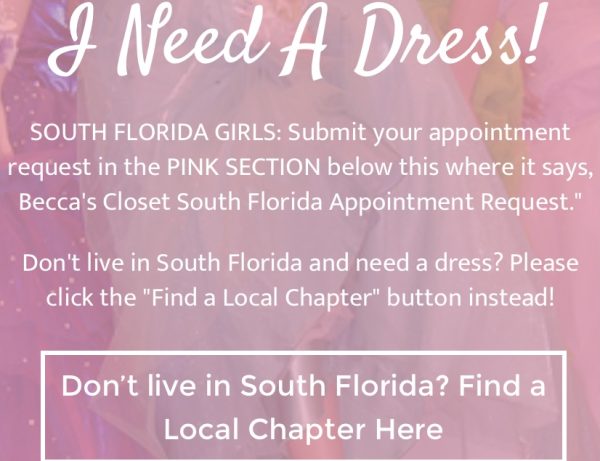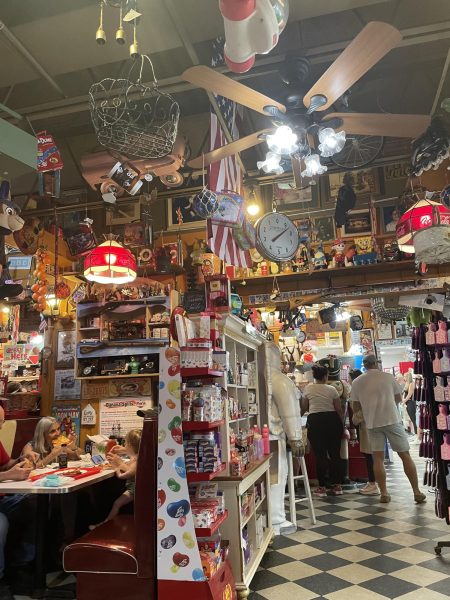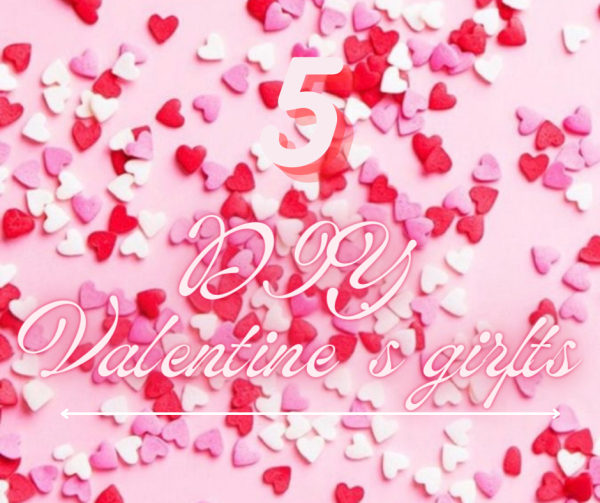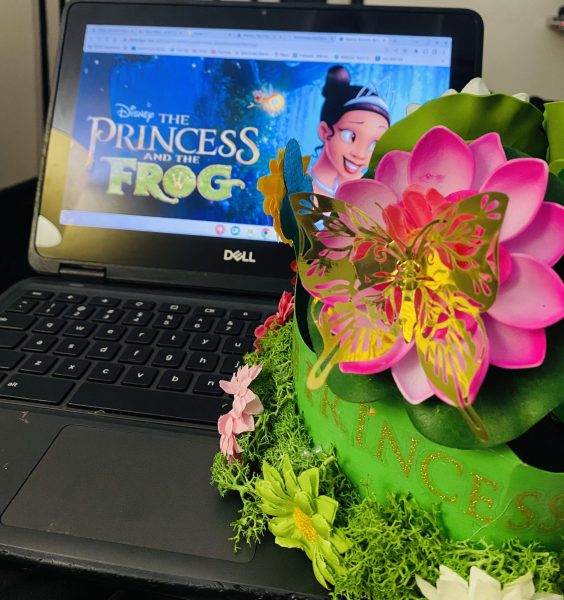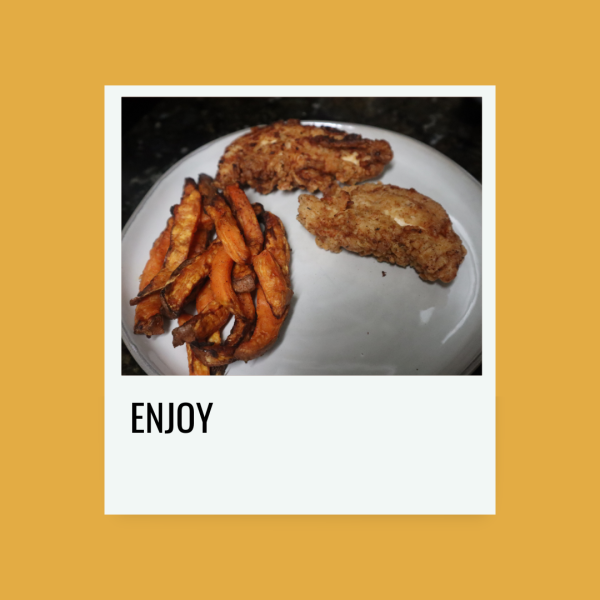Halloween through the Decades
October 24, 2020
Halloween is fast approaching and this year will be very different due to the COVID-19 pandemic. Halloween might not be exactly the same this year, but its history didn’t change. Halloween always falls on the 31st of October dating back decades but where did Halloween come from and what does it mean?

Image credit: Historyextra.com (Chris Allen, 1987 magazine cover)
Many people think of Halloween as a spooky and dark holiday, and they would not be wrong about that. The word Halloween means “All Saints Day” and originated from the Celts. The Celtic people were individuals who lived on the British and Irish Islands, 2,000 years ago. Halloween was originally a festival for all of the Celtic people where they would dress in basic costumes and light bonfires, this was to ward off spirits and ghosts. They believed that October 31st was the day that ended their harvest and started a time of cold, harsh weather. This time period was often associated with human death. The Celts believed that the boundary between the living and dead was blurred and the spirits would haunt them for the mark of Oct.31 to Halloween if they didn’t ward them off.
When the Roman Empire came and conquered all of the British and Irish Islands, along with the Celtic people, the Romans adopted the holiday. The festival was combined with a holiday of the Feralia. Feralia was a Roman holiday that celebrated the passing of the dead. They also combined the holiday with one called Pomona, which celebrated a Roman goddess of fruit and trees. This is where pumpkins and apple bobbing came from in the modern world.
All souls day came a little after in England who adopted the ideas of the Roman and Celtic people and turned it into a fun festival to dress up as all kinds of different things including, angles, devils, and saints. This was changed to All Hallows Day and then a little after it was finally changed to Halloween.
Eventually, America joined in on Halloween, Maryland being one of the first states to celebrate the holiday and then followed by all of the southern colonies. In America, “play parties” were thrown to celebrate the harvest. Ghost stories started to be told a few years after and dressing up became more popular all throughout America. When the Irish immigrants fled Ireland and came to America, they popularized the holiday even more. Trick or treating originated from European traditions of going to houses on Halloween and asking for food and money, finally morphing into asking for candy and apples.
In the 1920s and ’30s, throwing big Halloween parties became popular. The holiday turned more into a holiday for younger people and trick or treating was brought back into America, after a decline in popularity
Halloween has also had an impact on pop culture. The popular horror movie franchise “Halloween” featuring Michael Myers started in 1978. Following that movie, Beetlejuice and the Nightmare before Christmas were released and from then on, they have never stopped making horror movies.
Halloween has a long and odd history that brought it into the modern world. Dating back decades and with many changes, it has become one of the most celebrated holidays with Americans spending an average of 6 billion dollars on the holiday a year.

